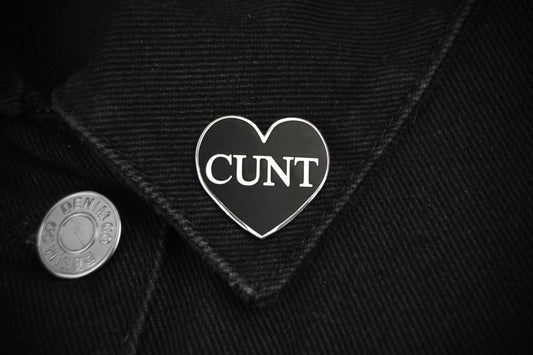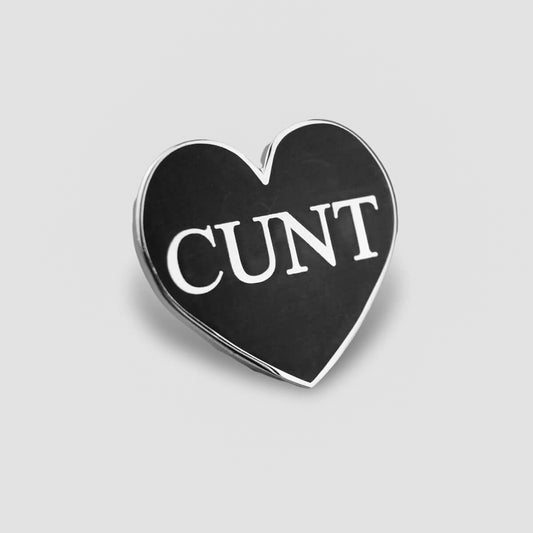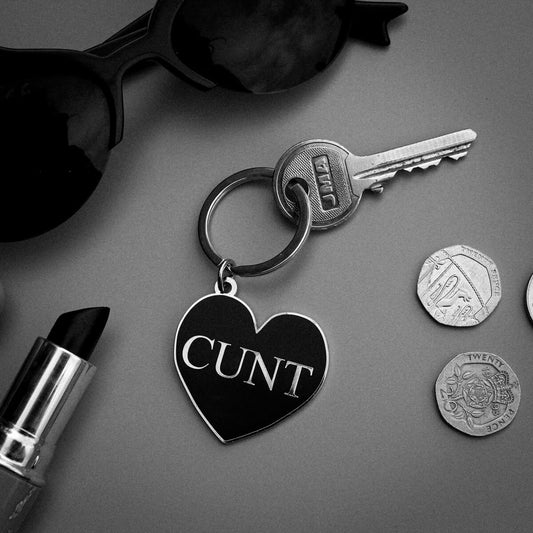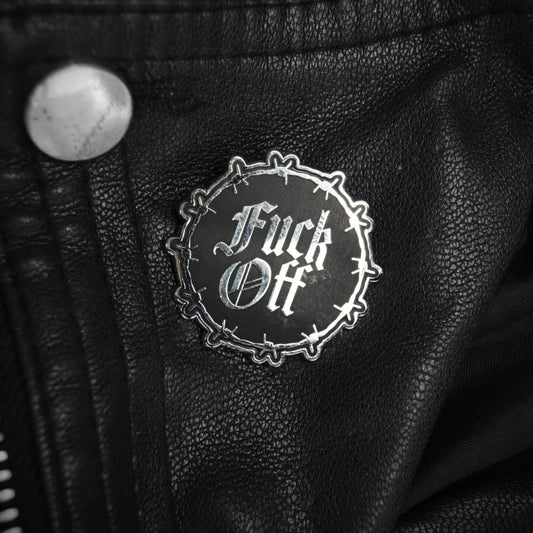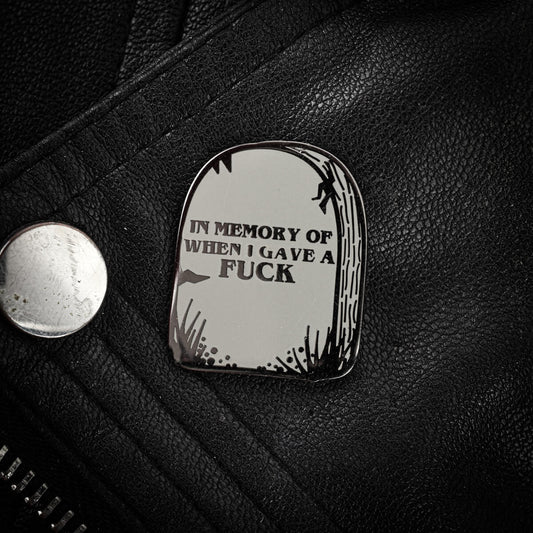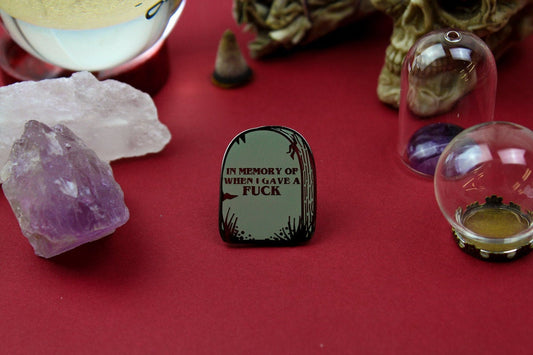
How Has Goth Influenced Art, Fashion, and Music?
Share
From high-fashion runways to iconic album covers and even mainstream pop culture, the influence of goth can be seen in some surprising places. What started as a niche movement in the late '70s has evolved into something much bigger, shaping the way we think about aesthetics, self-expression, and creativity.
But here's the thing: understanding goth's influence means looking beyond the stereotypes. It's not just about black eyeliner and occult jewellery. Goth has always been about pushing boundaries and embracing the darker, more complex aspects of human emotion and experience. And that influence has bled into mainstream art, fashion, and music in ways that are both subtle and bold. Whether it's the high drama of goth-inspired runway shows, the haunting beauty of certain art movements, or the echoes of goth music in genres from pop to metal, goth's impact is everywhere - even if you don't always notice it.
The goth aesthetic has become a rich source of inspiration for creatives across the board. So, while it may have started as a subculture, its reach now goes far beyond, leaving a lasting impression on the world of art, fashion, and music. Let's have a look at how goth has shaped these creative domains in ways you might not expect...
Goth's Influence on Art
Goth has its roots deep in Gothic literature - think Frankenstein, Dracula, and The Picture of Dorian Gray - which laid the groundwork for all the dark, dramatic visuals that would later shape the subculture. From towering Gothic cathedrals with their intricate, eerie architecture to moody, atmospheric paintings, these early works created the blueprint for goth's brooding aesthetic. Fast forward to today, and you can still see that influence playing out in the art world, where dark romanticism has become a powerful creative force.
Modern art has fully embraced the moody vibes of goth, with an entire movement focused on the beauty in darkness. Artists like Mark Ryden and Marilyn Manson have woven goth motifs into their works, mixing surrealism with gothic themes to create haunting, otherworldly images. You've also got exhibitions like the "Gothic: Dark Glamour" show at The Museum at FIT, which put goth's influence on art and fashion on full display. These artists and exhibitions don't just dabble in darkness - they celebrate it, showing how goth's visual language can be a powerful tool for exploring themes of mortality, beauty, and the uncanny.
Goth has never been afraid to dive into the macabre or the mysterious, and that's what makes its influence on art so compelling. Whether it's in the form of a shadowy painting or a twisted sculpture, the goth aesthetic pushes boundaries, creating a space where darkness and beauty coexist in striking, unforgettable ways.
Goth's Influence on Fashion
Goth fashion has evolved into a whole genre of its own, blending punk's rebellious edge with Victorian elegance to create something timeless yet always edgy. What started with a mix of ripped fishnets, leather jackets, and Doc Martens has expanded into a complex world of layered lace, velvet, and corsetry that wouldn't look out of place in a haunted mansion. From its punk roots, goth fashion took that "anti-mainstream" attitude and dialled up the drama - think flowing capes, intricate chokers, and statement boots.
At its core, goth fashion is all about the details. You've got the classic black-on-black palette, but it's the mix of textures - lace, leather, velvet - that really sets it apart. The layering is intricate and intentional, whether it's a fitted corset over a lace dress or leather accessories stacked on top of a Victorian-inspired outfit. The vibe is always bold and unapologetic, with a sense of theatricality that turns heads.
And it's not just the goth scene that loves this look - mainstream fashion has fully embraced goth's dark, romantic flair. Designers like Alexander McQueen and Rick Owens have often leaned into goth-inspired aesthetics, bringing the subculture's edgy glamour to the high fashion runways. Even major brands like Gucci and Givenchy have incorporated gothic elements, proving that the allure of black lace and heavy boots isn't just for the underground. Goth's influence has seeped into everything from haute couture to high street, making its mark on the way we view fashion itself.

Goth's Influence on Music
Goth music emerged from the dark, moody corners of post-punk in the late '70s and early '80s, giving birth to a sound that was both haunting and hypnotic. Bands like Bauhaus, Siouxsie and the Banshees, and The Cure laid the groundwork, blending brooding vocals with echoing guitars and atmospheric synths. The result? A genre that was equal parts melancholic and mesmerizing, perfect for anyone looking to lose themselves in a sonic world of shadows.
What sets goth music apart is its signature sound - deep, often baritone vocals that resonate with a dark, emotional intensity; guitar riffs that seem to echo through empty, cavernous spaces; and lyrics that delve into existential themes of love, loss, and despair. It's a sound that's rich in emotion, designed to pull listeners into its moody, introspective world. It's the soundtrack to late-night introspection, fog-filled dance floors, and those moments when you just want to wrap yourself in the comforting arms of melancholy.
But goth music didn't stay in its own lane. Its influence spread across genres, seeping into metal, indie, and even electronic music. You can hear goth's DNA in the dramatic vocals of metal bands like Type O Negative, the atmospheric soundscapes of indie acts like Interpol, and the dark, pulsating beats of electronic artists like Depeche Mode. Goth music may have started as an underground movement, but its influence has reached far and wide, proving that the allure of darkness and introspection is truly timeless.
Cross-Media Influences
Goth culture has had a major moment across film, TV, literature, and even performance art, pushing its dark aesthetic from the underground to the mainstream. From Tim Burton's instantly recognisable gothic visuals to cult classics like The Crow and Buffy the Vampire Slayer, goth themes have left an indelible mark on pop culture. These portrayals have done more than just popularise the goth look - they've turned it into a cinematic and television staple, blending mystery, darkness, and just the right touch of camp to make goth feel both dramatic and accessible. Whether it's the eerie charm of Edward Scissorhands or the gothic glamour of American Horror Story, these works have made goth aesthetics something we all recognise and love.
In literature, modern Gothic novels continue to echo the themes that goth culture has long celebrated: brooding characters, haunted mansions, and an ever-present sense of existential dread. Authors like Neil Gaiman (The Sandman) and Anne Rice (The Vampire Chronicles) have become icons of this genre, capturing the goth spirit with stories that delve into the darker corners of humanity. These books don't just tell eerie tales; they explore complex emotions and dive deep into goth's favourite subject - what it means to be human in a world filled with darkness.
Goth's reach doesn't stop there. The subculture has also found a home in performance art and multimedia installations, where artists use its moody, dramatic visuals to create immersive experiences. Think avant-garde shows that blend shadowy visuals, theatrical music, and dark storytelling - basically, everything goth culture stands for, but turned into art you can step inside. From multimedia exhibitions that explore mortality to performance pieces that embrace gothic romance, goth's cross-media influence has brought its aesthetic to life in unexpected ways.
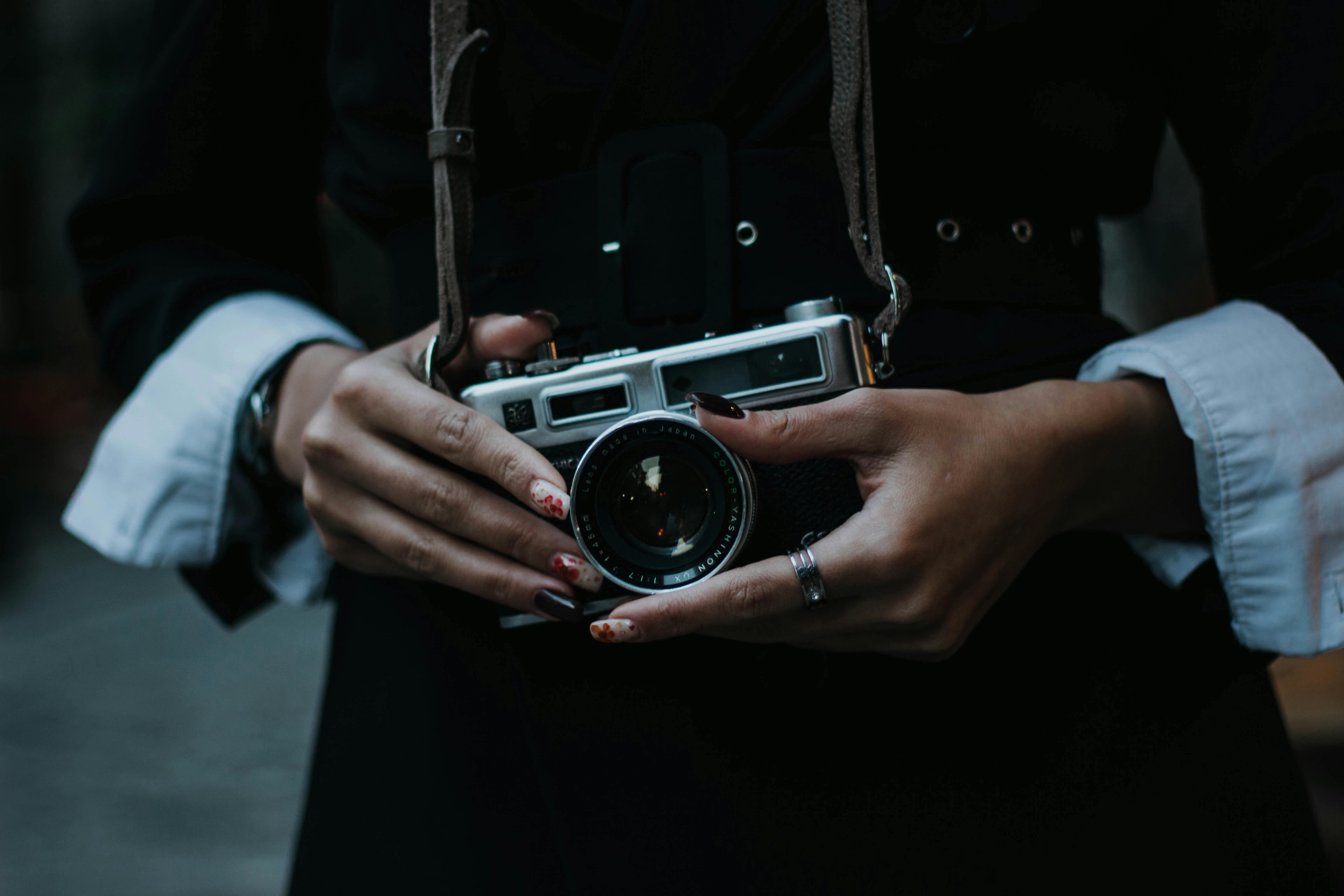
Global Reach and Adaptation
Goth may have started in the UK, but it didn't take long for the subculture to spread its dark wings across the globe, finding a place in countries far beyond its original post-punk roots. As it travelled, goth adapted to the local cultures and created unique regional twists on the classic aesthetic. From Tokyo to Mexico City, goth has evolved into a worldwide phenomenon, with each place adding its own flavour to the scene.
In Japan, for example, goth has morphed into "Elegant Gothic Lolita," blending the classic dark aesthetic with elaborate, doll-like Victorian fashion. Meanwhile, in Latin America, goth culture has taken on a passionate, romantic vibe, with goth music often incorporating local influences like darkwave and rock en español. These regional variations in goth music and fashion show just how adaptable and versatile the subculture is, capable of embracing local styles while maintaining its core identity.
Goth has also played a major role in global subcultural exchanges, connecting like-minded individuals through music, fashion, and shared values. International festivals like Wave-Gotik-Treffen in Germany bring together goths from all corners of the globe, creating spaces where people can celebrate their shared love for the dark and dramatic while also showcasing the unique spins they've put on the culture in their own countries. Whether it's goth fashion shows in Brazil or goth-themed nightclubs in Eastern Europe, the global reach of goth culture proves that its appeal is far from limited to any one place - it's a worldwide phenomenon that continues to inspire and evolve across borders.
Influence on Lifestyle and Design
Goth's flair for the dramatic doesn't stop at fashion and music - it's made a serious impact on lifestyle and design, too. Just take a peek into the world of goth-inspired interiors, where moody lighting, dark, ornate furniture, and rich textures transform everyday spaces into something straight out of a gothic novel. Think black velvet sofas, antique candelabras, and deep, shadowy colour palettes that bring a touch of gothic elegance to the home. It's all about creating that perfect, immersive atmosphere - whether it's for a Victorian-inspired parlour or a sleek, modern take on goth chic.
In graphic design and digital art, goth's bold, dark aesthetic has also left its mark. You'll see its influence in everything from hauntingly beautiful typography to intricate, dark-themed digital illustrations. Artists and designers have embraced goth's iconic motifs - skulls, ravens, and baroque details - using them to create striking visuals that feel equal parts eerie and elegant. The result? A whole sub-genre of design that's instantly recognisable and forever stylish.
And let's not forget the lifestyle products that let you carry a bit of goth into your everyday life. From skull-embossed home decor to luxe black-on-black accessories, goth style has made its way into personal items like candles, jewellery, and even kitchenware. Whether you're sipping coffee from a bat-adorned mug or lighting candles in a vintage-style chandelier, goth's influence on design helps make everyday life a little more dramatic and a lot more stylish.
Goth culture has left its dark and dramatic mark across every creative field imaginable - art, fashion, music, design, and even lifestyle. From high-fashion runways to avant-garde galleries and playlists, goth's influence is unmistakable. It's not just about black clothes and moody music; it's about a whole aesthetic that embraces depth, complexity, and a little bit of mystery.
What's kept goth so enduring is its ability to evolve and resonate with new generations while staying true to its roots. Whether it's being reimagined in global fashion scenes, inspiring darkly beautiful artwork, or influencing the next wave of alternative music, goth's appeal hasn't faded - it's only grown stronger. And as it continues to adapt and inspire, we can only expect goth's creative fingerprint to stay firmly on the pulse of the future, ensuring that the dark, the beautiful, and the unconventional will always have a place in the world of art, fashion, and music.



